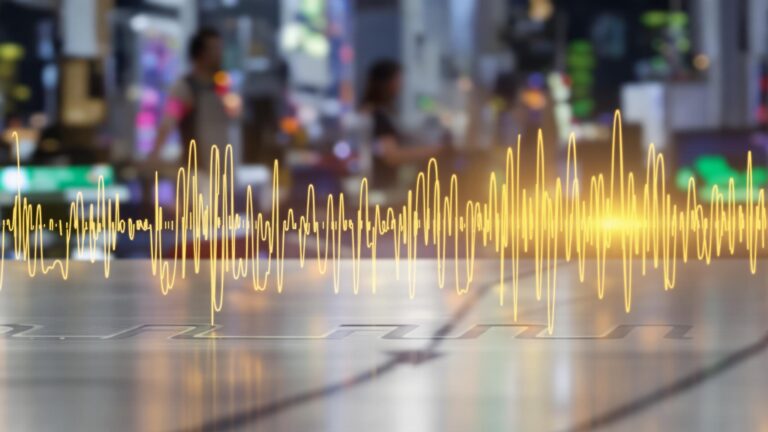Have you ever shouted into a canyon and heard your voice bounce back? That’s an echo, and it’s so much more than just a fun auditory phenomenon. The wavelength of an echo holds valuable information about the environment it travelled through. Understanding echo wavelength can unlock insights into everything from the size and shape of a room to the materials that surround you, here’s how.
What is Wavelength, Anyway?
Before diving into echoes, let’s quickly recap wavelength. Sound travels in waves, and the wavelength is the distance between two consecutive peaks (or troughs) of that wave. Shorter wavelengths correspond to higher-pitched sounds, while longer wavelengths produce lower-pitched sounds.
Echoes: Sound’s Bouncing Adventure
An echo occurs when a sound wave encounters a surface and bounces back towards its source. The properties of the echo – its intensity, the time it takes to return, and, crucially, its wavelength – are affected by the reflecting surface.
Wavelength and Reflection: A Telling Tale
The wavelength of an echo is directly related to how well the sound reflects off different surfaces. Here’s the key:
- Smooth, Hard Surfaces: These tend to reflect sound waves of all wavelengths effectively. You’ll get a clear, strong echo, indicating minimal energy loss.
- Rough, Soft Surfaces: These surfaces absorb more sound energy, especially at higher frequencies (shorter wavelengths). The returning echo might be muffled, weaker, or missing some of the higher-pitched components.
Practical Applications: From Sonar to Concert Halls
Understanding how echoes and their wavelengths behave has led to a wide range of applications:
- Sonar: Ships use sonar to emit sound waves and analyze the returning echoes to detect underwater objects. The wavelength of the echo helps determine the size, shape, and distance of the object.
- Acoustic Design: Architects use echo wavelength to design concert halls and theaters that provide optimal sound quality. By carefully controlling the shape and materials of the room, they can ensure that sound waves are reflected in a way that enhances the listening experience.
- Medical Imaging: Ultrasound uses high-frequency sound waves to create images of internal organs. The wavelengths of the returning echoes provide information about the density and structure of different tissues.
- Wildlife Research: Scientists use echo location to study bats and dolphins. These animals emit sounds and analyze the returning echoes to navigate and find prey.
Experimenting with Echoes
You don’t need fancy equipment to observe the effects of echo wavelength. Try these simple experiments:
- The Empty Room: Clap your hands in an empty room with hard walls. Notice the clear, reverberating echo.
- The Furnished Room: Now, clap your hands in a room filled with furniture and soft materials like carpets and curtains. The echo will be much weaker and less distinct.
- The Outdoor Test: Yell near a canyon or a large building with smooth surfaces. Listen to the returning echo and try to determine if some frequencies are more pronounced than others.
The Takeaway
The next time you hear an echo, remember that it’s carrying a wealth of information about its surroundings. By paying attention to the wavelength and characteristics of the echo, you can unlock hidden insights into the world around you. From determining the size of a room to helping bats navigate, the secrets of echo wavelength are all around us, just waiting to be discovered.


